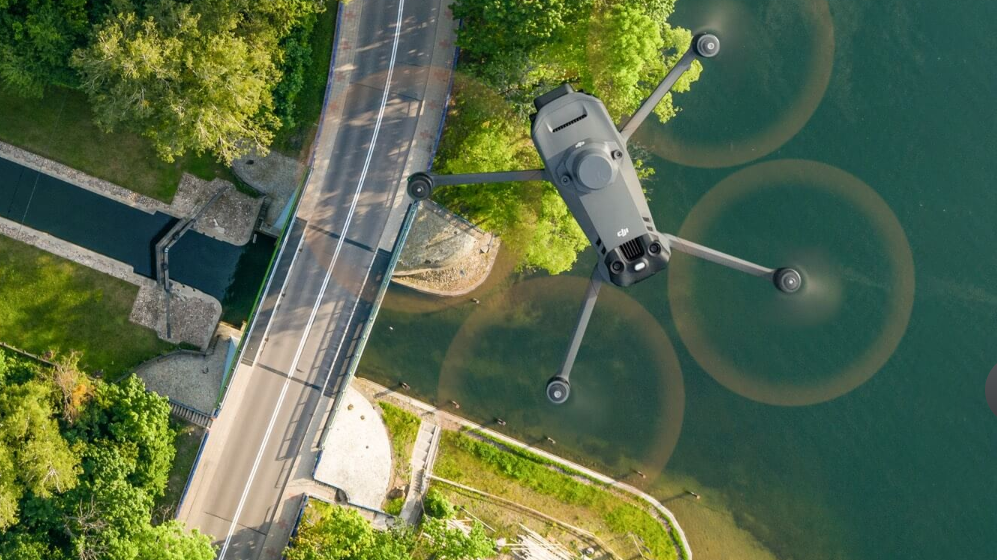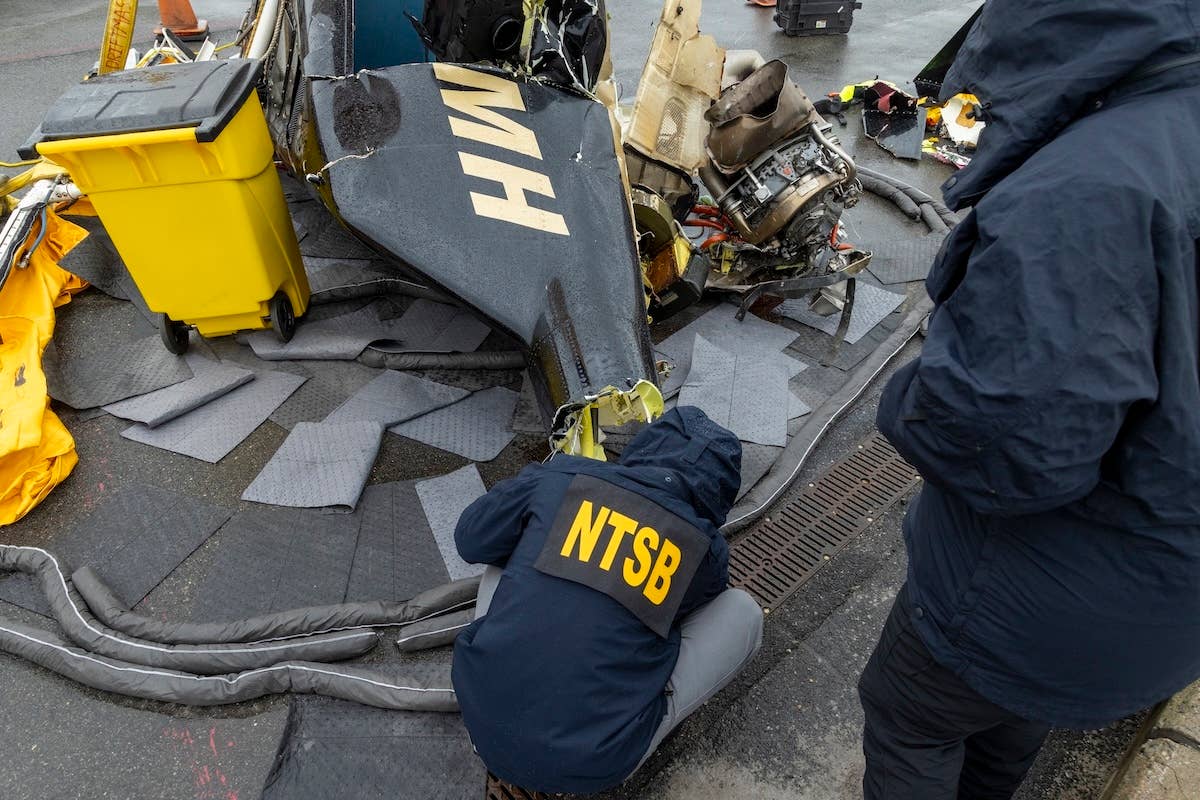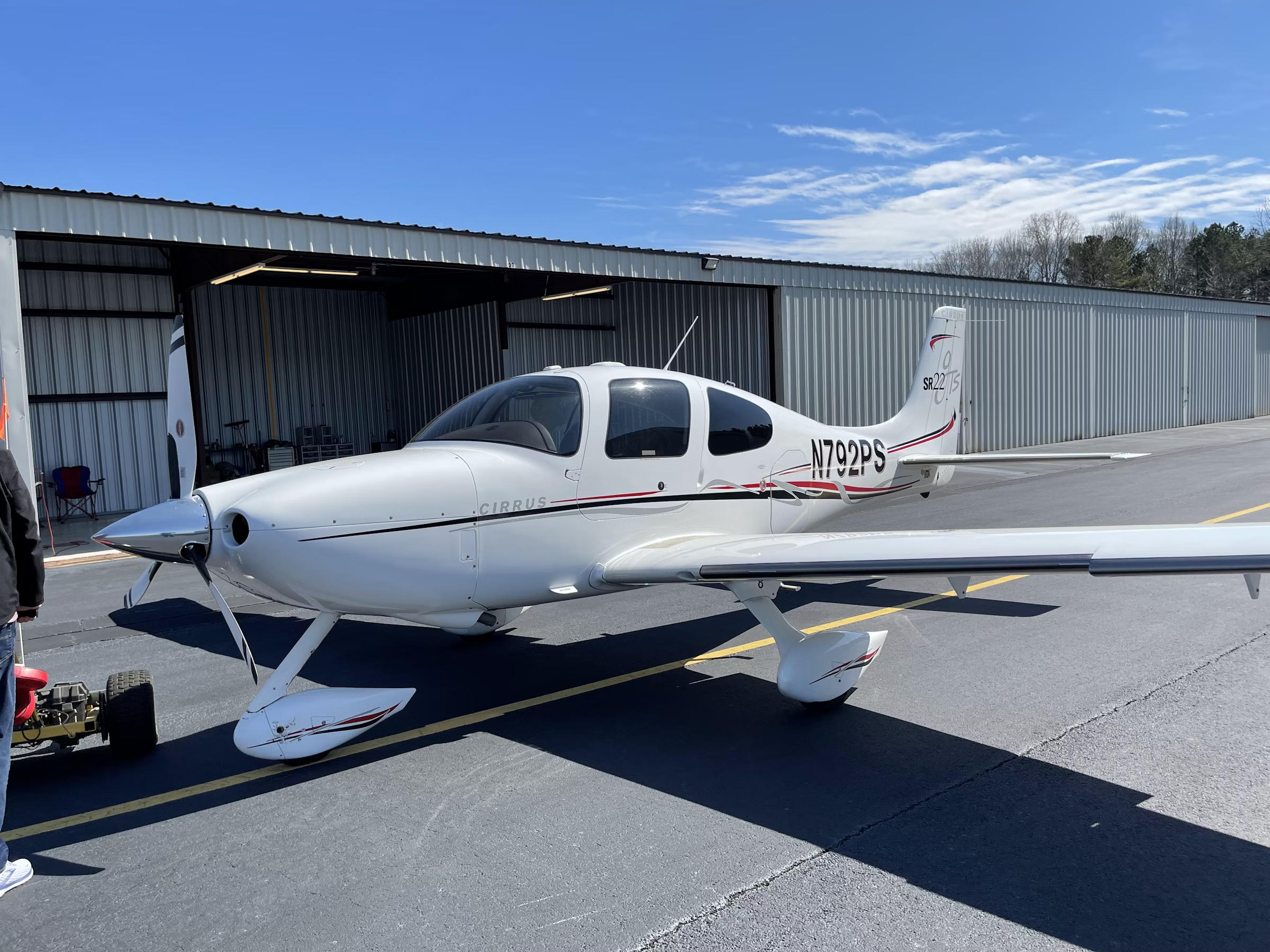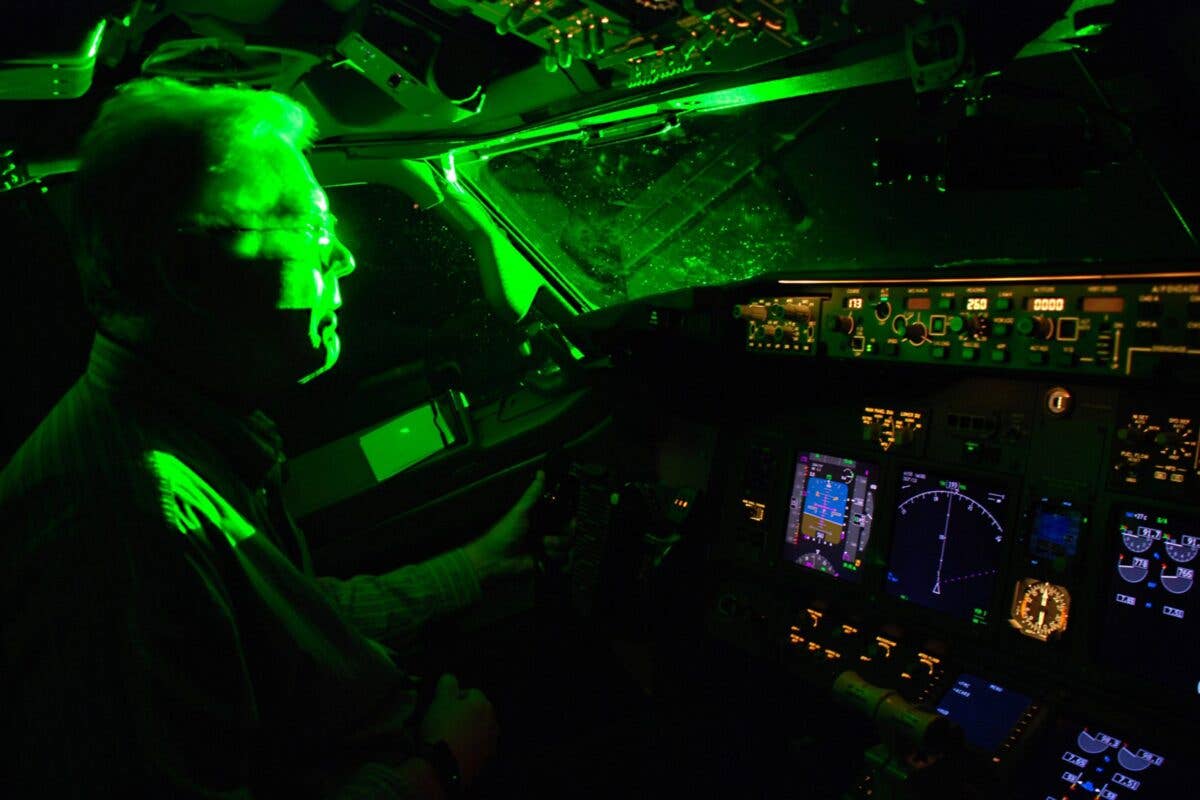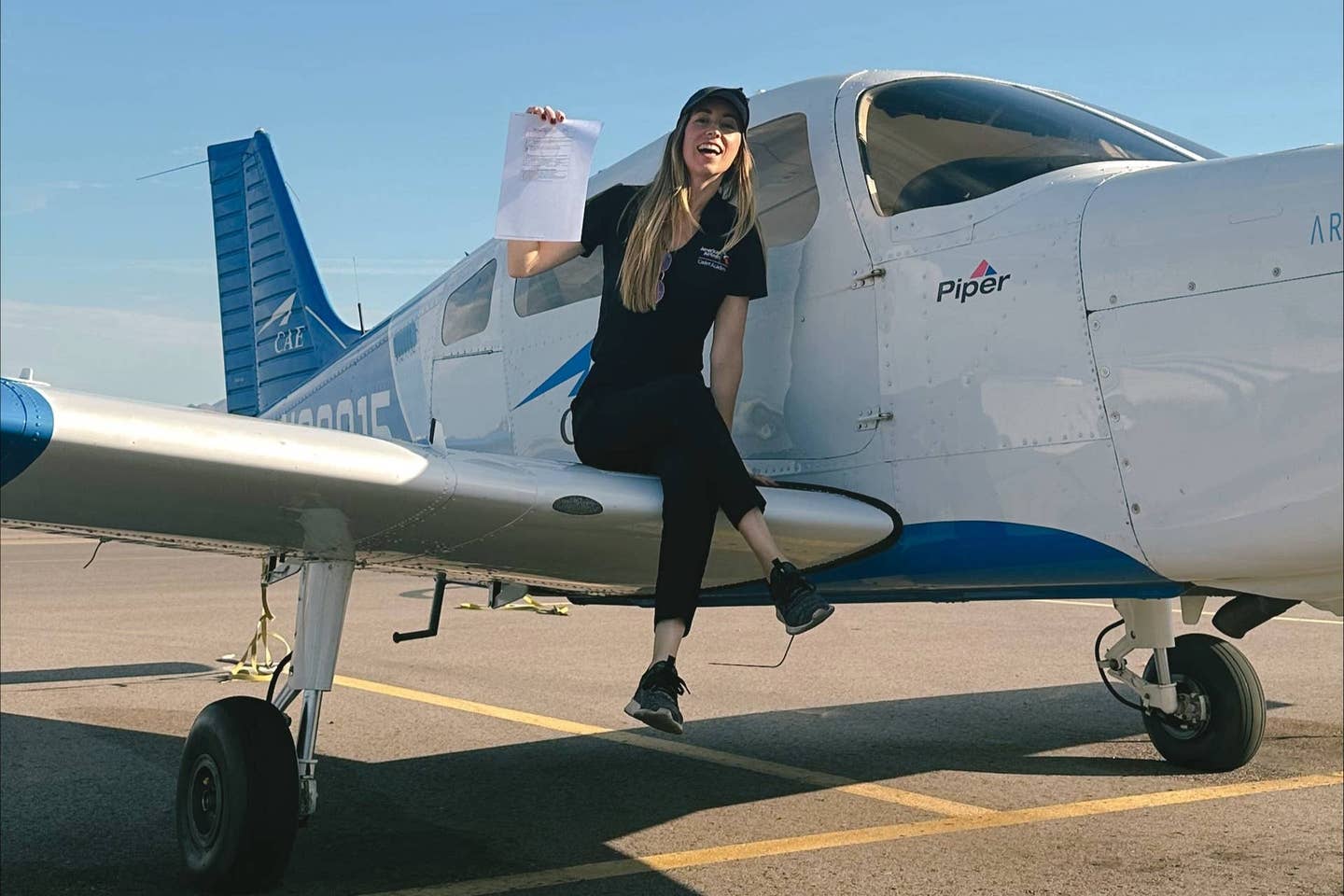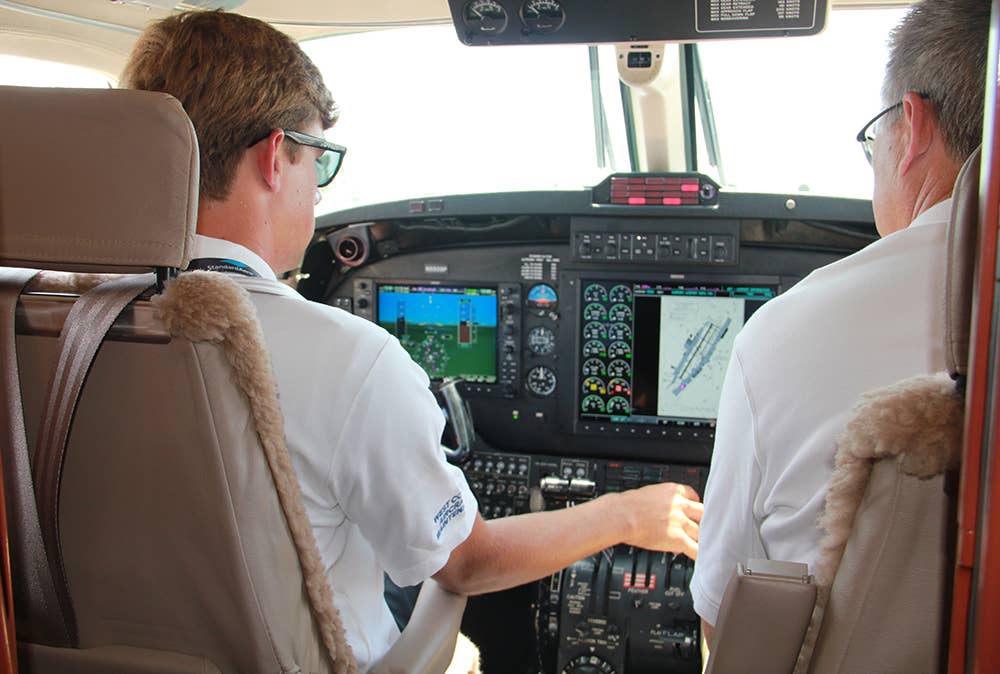FAA Finalizes Rules for Powered-Lift Aircraft
Rule covers pilot training and operations of powered-lift aircraft, such as electric air taxis.
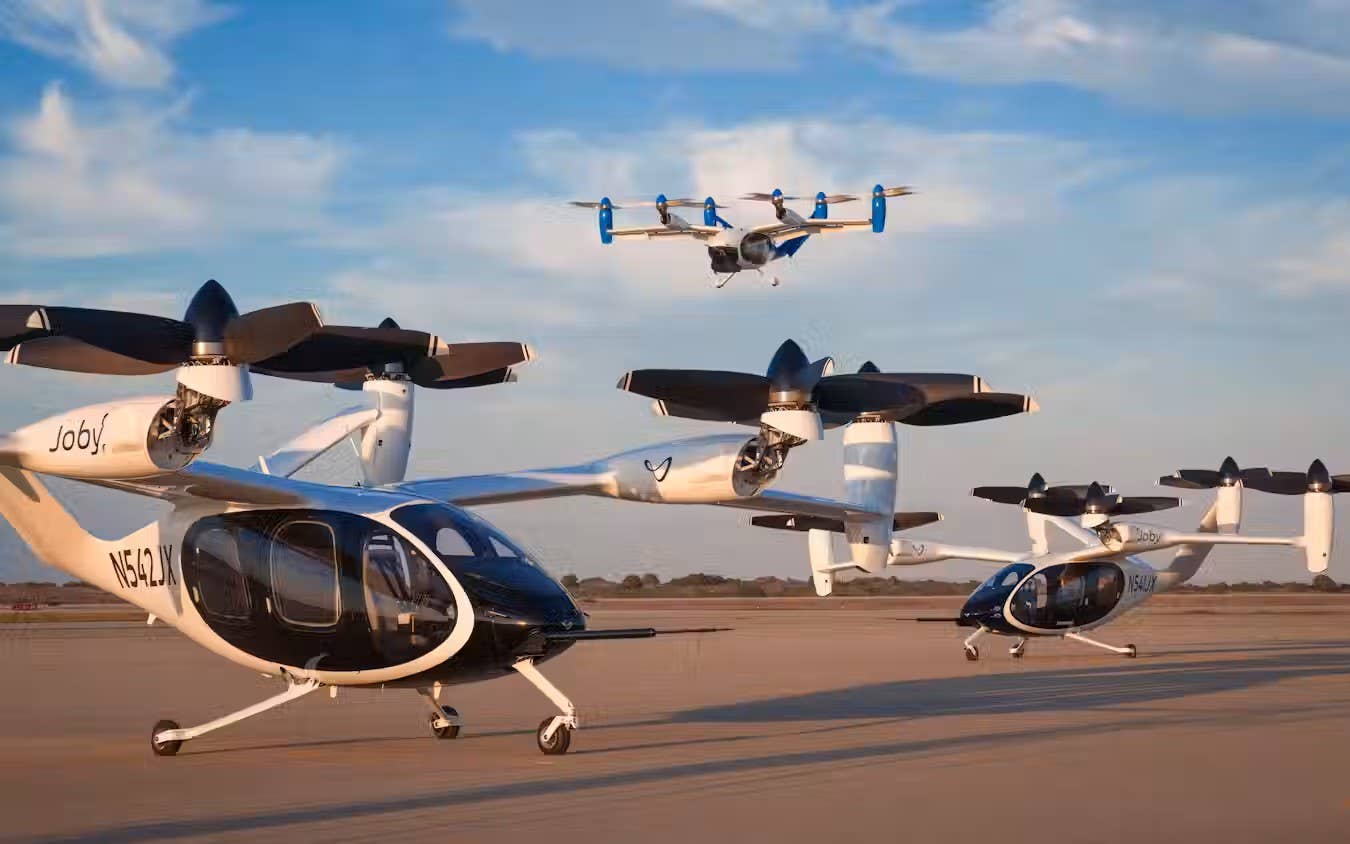
The FAA published a final rule for pilot training and operations of powered-lift aircraft, such as Joby Aviation’s electric vertical takeoff and landing (eVTOL) air taxi. [Courtesy: Joby Aviation]
The FAA on Tuesday published a highly anticipated special federal aviation regulation (SFAR) that charts the flight plan for a new generation of aircraft.
At the National Business Aviation Administration-Business Aviation Convention and Exhibition (NBAA-BACE) in Las Vegas, FAA Administrator Mike Whitaker signed the SFAR, which contains initial operational rules and pilot training requirements for powered-lift aircraft and will remain in effect for 10 years.
“It’s here today,” Whitaker told NBAA-BACE attendees Tuesday morning. “It is now a final rule.”
The FAA called the SFAR the “final piece in the puzzle” for introducing powered-lift aircraft, which could begin flying passengers, cargo, and even ambulance services in rural and urban areas as soon as next year.
The category is a relatively new, special class of aircraft covering designs that take off vertically like a helicopter but cruise on fixed wings like an airplane. To be considered powered-lift, the aircraft must generate lift primarily from its engines—which can be electric, hydrogen, or hybrid-powered—while relying on rigid components, usually wings, for horizontal flight. They will become the first new category of civil aircraft since helicopters were introduced in the 1940s.
The FAA sometimes refers to these as vertical takeoff and landing (VTOL) or advanced air mobility (AAM) aircraft, the latter term covering new aircraft technology more broadly.
For years, the agency communicated to the aviation industry that there would be a pathway for powered-lift designs—such as electric air taxis being developed by Joby Aviation, Archer Aviation, and others—to be certified as Part 23 normal category aircraft.
But the regulator unexpectedly reversed course in 2022, determining instead that they would be certified as Part 21 special class aircraft. That kicked off a yearslong effort to develop an entirely new set of rules for powered-lift pilot training, operations, maintenance, and more.
The FAA last year released a proposal addressing several of those areas. It was panned by a collective of industry groups, however, who argued that the proposed pilot training requirements were too strict. They also clamored for performance-based operational rules—drawing from aircraft and rotorcraft guidelines as appropriate—rather than the creation of a new powered-lift operational category, as the FAA proposed.
FAA and Department of Transportation officials have promised to address the industry’s concerns. According to Whitaker, the SFAR does exactly that.
“For the last 80 years, we've had two types [of aircraft], rotor and fixed wing,” he said. “We now have a third type…and this rule will create an operating environment so these companies can figure out how to train pilots. They can figure out how to operate.”
The SFAR applies helicopter rules to certain phases of powered-lift flight, regardless of whether the aircraft is operating like a helicopter or an airplane. But in response to the industry’s feedback, it uses performance-based rules for certain operations, applying airplane, rotorcraft, or helicopter rules as appropriate.
For example, powered-lift aircraft can use helicopter minimums for VFR and IFR fuel requirements and minimum safe altitudes when they are capable of performing a vertical landing at any point along the route, as a helicopter is. This will allow manufacturers to get around the issue of low battery energy density, for example, by lowering the fuel reserve requirement.
“The rulemaking approach now is to really focus on performance and making sure you can prove that you can operate safely, or you can meet certain performance metrics, rather than being prescriptive and telling you exactly how to do it,” Whitaker said. “So we're trying to create a larger envelope to have different means of compliance for some of the requirements and the rules.”
The approach mirrors the European Union Aviation Safety Agency’s (EASA) special class for VTOL (SC-VTOL) rules, which base operational guidelines on situational factors—like reserve fuel levels—instead of aircraft design. It’s a change that will be welcomed by manufacturers, who can now design aircraft for a wide range of operations rather than those defined by a narrow powered-lift category.
“We need to have the flexibility to allow these businesses to succeed, do so safely, and adjust our approach as we go along,” Whitaker said.
The other major difference between the SFAR and the FAA’s initial proposal is the creation of a pathway to train powered-lift pilots with a single set of flight controls. Some programs will still require dual controls. But throwover controls and simulator training will be acceptable substitutes. The change is a big one, as many powered-lift manufacturers designed their aircraft—including trainers—with single controls.
“Some pilot training can happen in the normal way that it's always happened, with an instructor that has a set of controls and a student that has a set of controls,” Whitaker said. “But sometimes it's a single set of controls that are accessible to an instructor, so we have rules that allow for that type of operation. And sometimes they have other configurations. So there again, we put in performance metrics to make sure that the companies can train instructors, and the instructors can train pilots.”
Last year, the FAA released a blueprint intended to serve as a framework for policymakers, describing a “crawl-walk-fly” approach to integrate powered-lift designs alongside conventional aircraft. The agency predicts they will initially use existing helicopter routes and infrastructure, and pilots will communicate with air traffic control as needed.
But Whitaker on Tuesday said the FAA will continue developing a new ecosystem for powered-lift aircraft. Critical to its blueprint is the construction of vertiports: vertical takeoff and landing sites equipped with electric chargers and other powered-lift infrastructure.
“The blueprint that we put in place 16 months ago for introducing this technology includes vertiports, and we'll continue to work on that issue,” Whitaker said.
Plenty more work must be done in order for powered-lift designs to take to the skies at scale. But the SFAR gives the industry a practical pathway to begin flying.
Like this story? We think you'll also like the Future of FLYING newsletter sent every Thursday afternoon. Sign up now.

Sign-up for newsletters & special offers!
Get the latest FLYING stories & special offers delivered directly to your inbox

